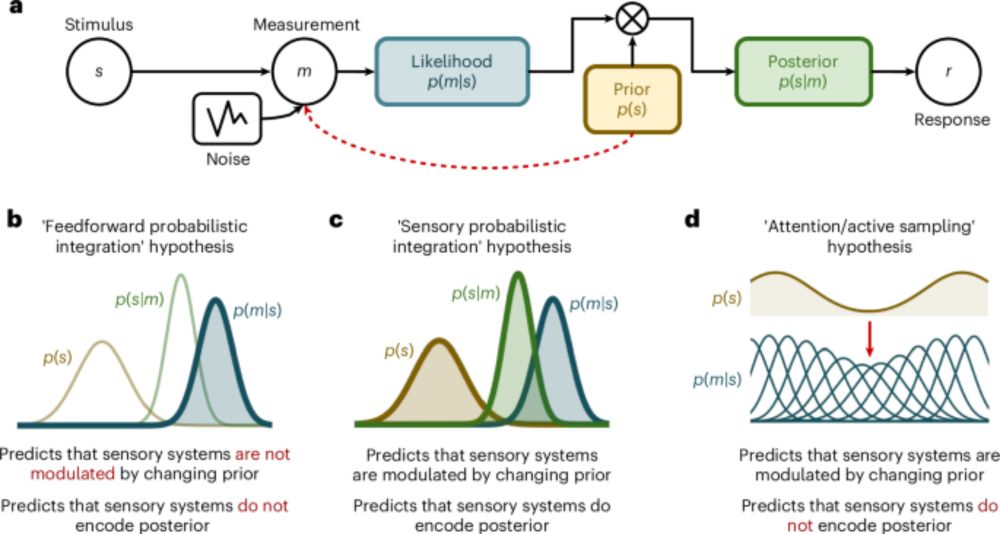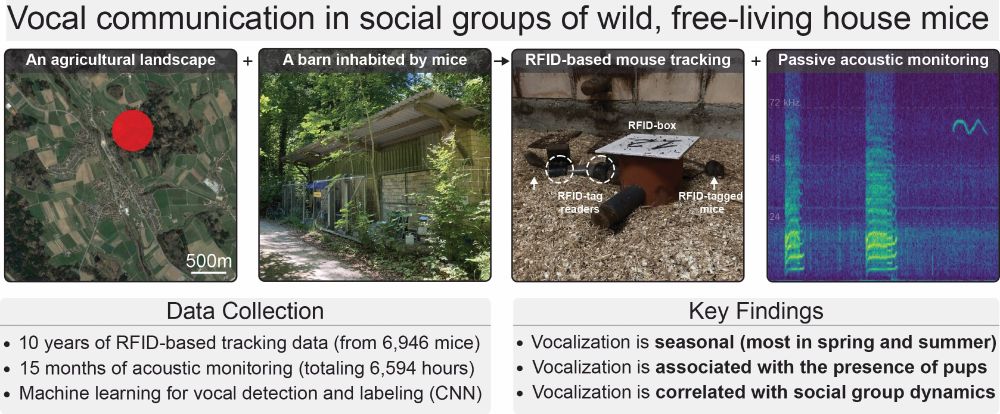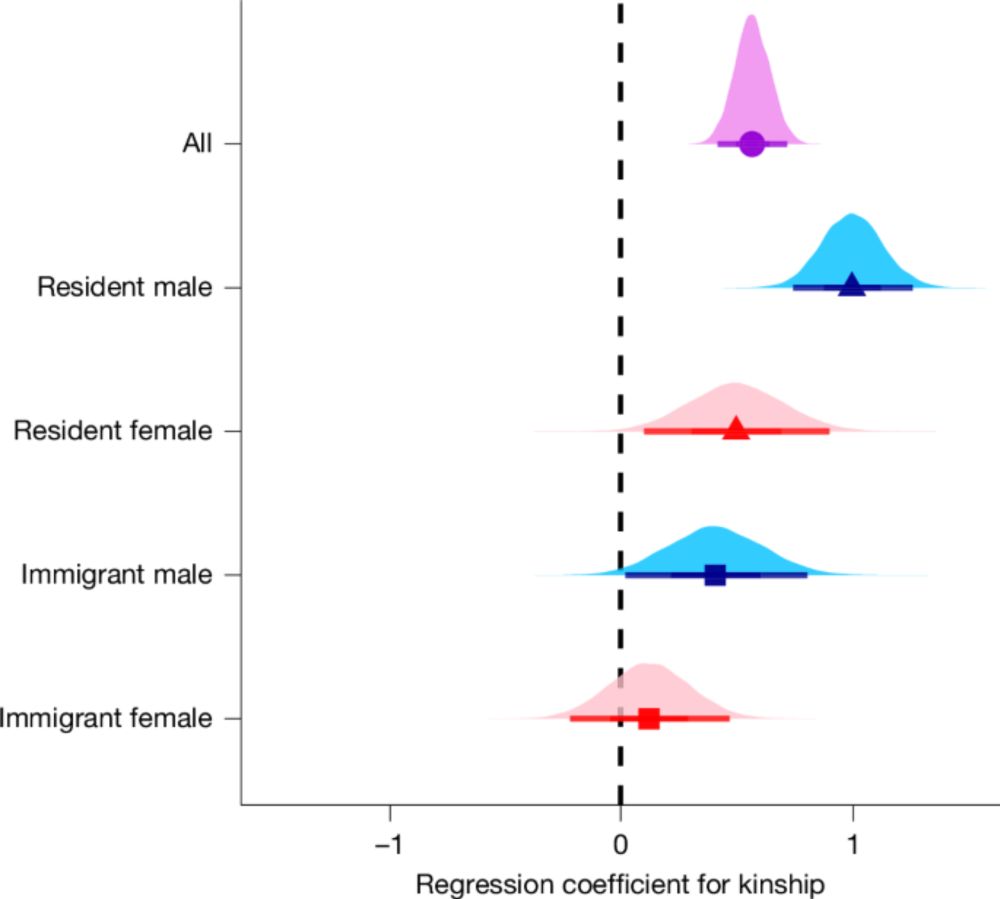Tim Sainburg
@timsainburg.bsky.social
1.8K followers
2.9K following
19 posts
Neuro, Cogsci, ML, and Ethology postdoc / Schmidt Science Fellow at Harvard.
Posts
Media
Videos
Starter Packs
Reposted by Tim Sainburg
Reposted by Tim Sainburg
Reposted by Tim Sainburg
Tim Sainburg
@timsainburg.bsky.social
· Sep 2
Tim Sainburg
@timsainburg.bsky.social
· Sep 2
Reposted by Tim Sainburg
Reposted by Tim Sainburg
Reposted by Tim Sainburg
Tim Sainburg
@timsainburg.bsky.social
· Apr 8

Expectation-driven sensory adaptations support enhanced acuity during categorical perception - Nature Neuroscience
Bayesian models explain how context biases perceptual behavior toward expected categories, but sensory neurons do not reflect this bias. Instead, expectation sharpens sensory acuity, independent of do...
www.nature.com
Reposted by Tim Sainburg
Nature Neuroscience
@natneuro.nature.com
· Mar 20

Expectation-driven sensory adaptations support enhanced acuity during categorical perception - Nature Neuroscience
Bayesian models explain how context biases perceptual behavior toward expected categories, but sensory neurons do not reflect this bias. Instead, expectation sharpens sensory acuity, independent of do...
www.nature.com
Reposted by Tim Sainburg
Tim Sainburg
@timsainburg.bsky.social
· Mar 17
Tim Sainburg
@timsainburg.bsky.social
· Mar 17
Tim Sainburg
@timsainburg.bsky.social
· Mar 17
Tim Sainburg
@timsainburg.bsky.social
· Mar 17
Tim Sainburg
@timsainburg.bsky.social
· Mar 17

Expectation-driven sensory adaptations support enhanced acuity during categorical perception - Nature Neuroscience
Bayesian models explain how context biases perceptual behavior toward expected categories, but sensory neurons do not reflect this bias. Instead, expectation sharpens sensory acuity, independent of do...
www.nature.com















